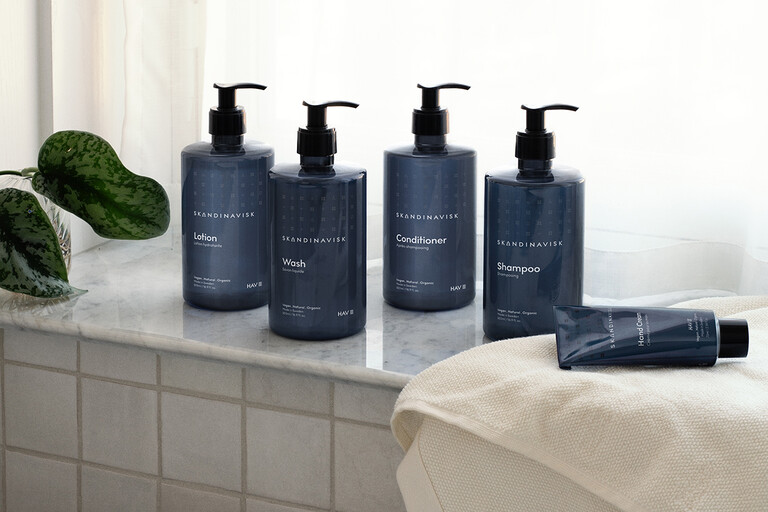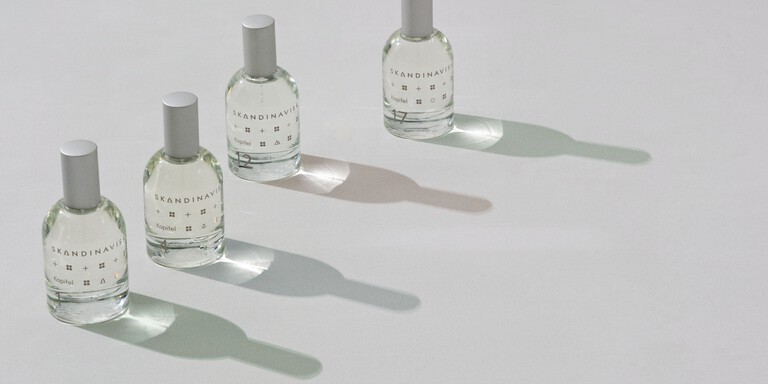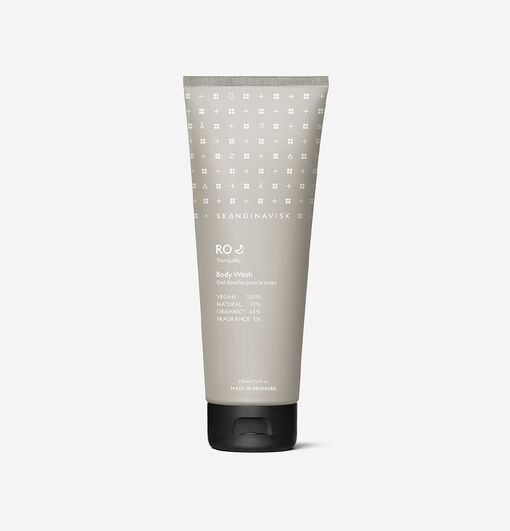When is a cosmetic product truly organic?
When unexpected industry definitions combine with lack of regulation, optional certification, marketing and misinformation, the result can be confusion that is bad for both soil and skin.
Imagine in one hand holding an organic apple, in the other you are holding an organic body lotion. But are these the same thing?
You see, the problem with organics in cosmetics, unlike food, is there is no regulation. And when there is no regulation, there is interpretation. So, for those of us looking for organic cosmetic products, it’s not all that simple.
Let’s imagine a glass of milk represents the total cosmetic formula of a product that claims to be organic. And this is where it gets complicated, so follow closely.
The effect of water
First, water can not be classified as organic. Because it does not come from agriculture. Fine. But most washes, lotions and creams do contain quite a lot of water. So, from the very beginning this means almost no cosmetic product can be 100% organic. Unlike the apple in your hand. So, let’s remove some milk from the glass representing the water. For our products it may be a quarter, or it could be as much as half.
Organic means 20% organic
Second, it is possible to apply for organic certification in cosmetics. But for some reason, to be certified as an organic product, you are only asked to have a minimum of 20% certified organic ingredients, by volume, for a leave-on product, like a lotion. So let’s remove some more. And it’s just 10% organic ingredients for washes.
Anyone can write ‘organic’ on their packaging
Third, and because there is no regulation, anyone can write the word ‘organic’ on their cosmetic product and packaging. Unlike with food. Sometimes this organic evidence might only come from a single, tiny ingredient. Now, some of the boring text on the back of your cosmetic products is called the INCI (International Nomenclature of Cosmetic Ingredients). But it is also your guide to understanding what is inside your products, because it ranks ingredients by volume. And that is often why water/aqua is at the top. The ingredients at the bottom can be less than 1% of the total product. Like maybe the organic one? Let’s imagine this.
Do you think less than 1% organic ingredients is helping your skin and the soil? I said it was tricky.
The Skandinavisk approach
When we created our new collection our starting point was to use as many certified organic ingredients as possible, to make the formula work for the skin, and then declare the exact percentages on the front. In the case of our washes, its 43% organic when including water. But since we now know that water can’t be classified as organic, then it is 64% organic. And for our lotions, it’s 36% organic when including water, but almost 80% organic without.
Quite a difference.
Plus, you can see which organic ingredients we use just by looking at that boring INCI. And, because we use such high doses, we even describe the skin performance benefits that these organic ingredients have been proven to deliver.
Good for the soil, good for the skin.
Ultimately, we are trying to help our customers navigate the complexity of choosing the right organic product. And with organics, while the cosmetic industry is still finding its way, it’s all about the percentages. Our problem is that, by being honest many other people may simply think we are not very organic.
The question only you can answer is: What is organic enough?
08.01.2025
A glimpse into a Nordic winter by Leena Henningsen
Photographer, storyteller and video creator @leena.henningsen invites us to experience the magic of a Nordic winter. Leena shares her journey through days of little to no sunlight, spent in remote, isolated landscapes blanketed in snow and ice.
Read more05.12.2024
Get ready for a Swedish Christmas with Jasmina Bylund
Photographer, storyteller and content creator Jasmina shows us how she gets her home ready for a Scandinavian Christmas.
Read more30.10.2024
The Skandinavisk Christmas Gift Guide
Discover gifts for all your family, friends, and all the hard-to-buy-for people in your life with our Christmas gift guide.
Read more

















